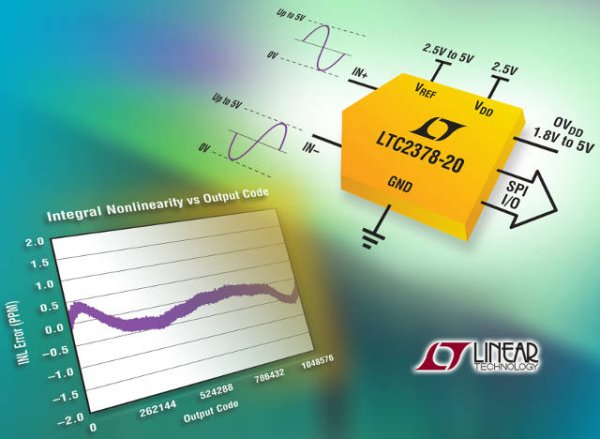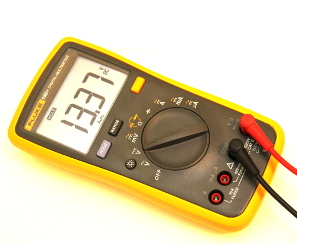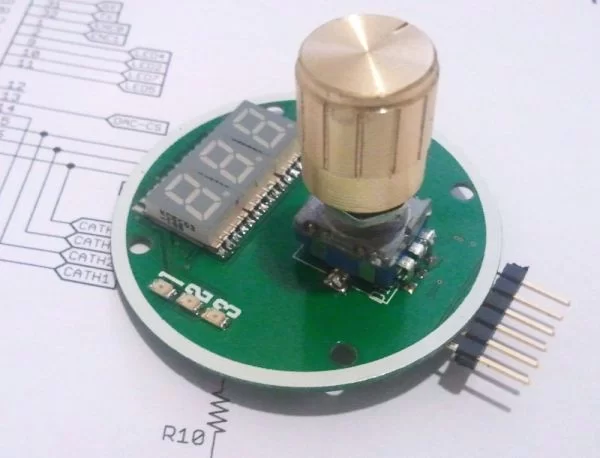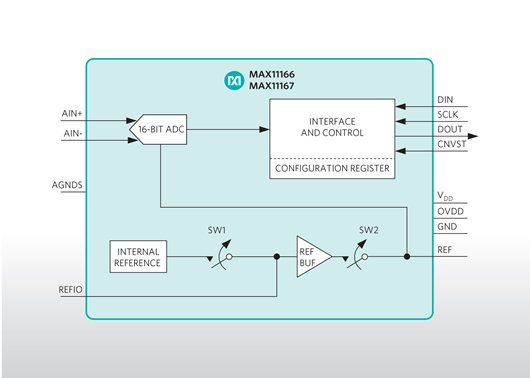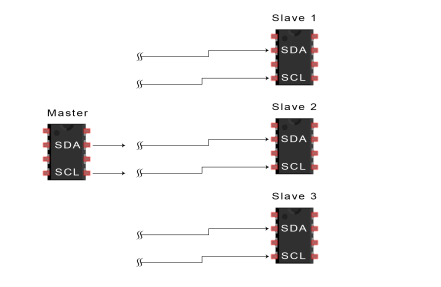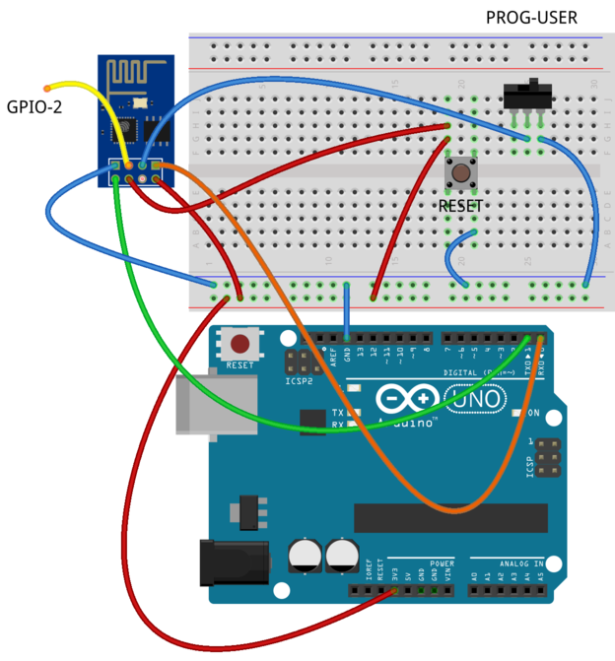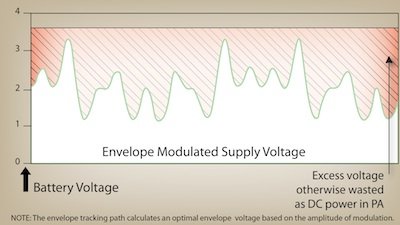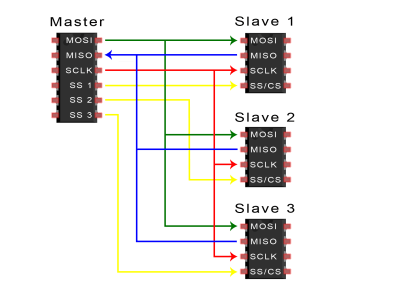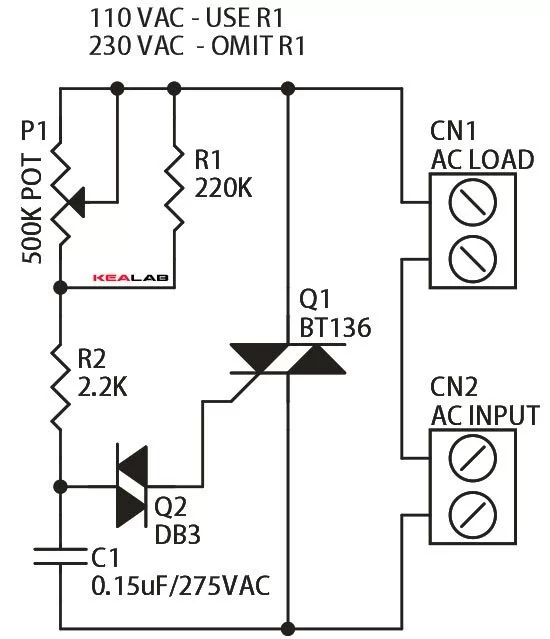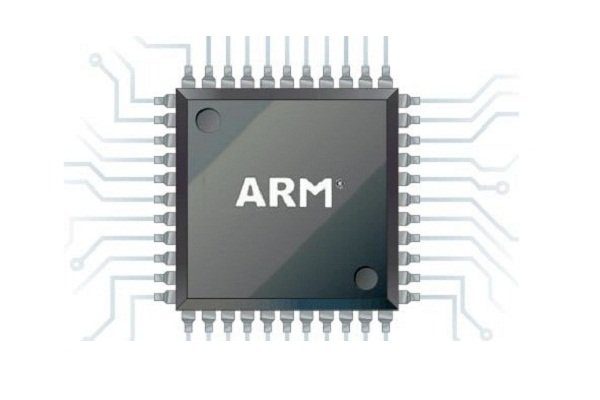‘Most accurate’ 20bit SAR ADC ever
Description The LTC®2378-20 is a low noise, low power, high speed 20-bit successive approximation register (SAR) ADC. Operating from a 2.5V supply, the LTC2378-20 has a ±VREF fully differential input range with VREF ranging from 2.5V to 5.1V. The LTC2378-20 consumes only 21mW and achieves ±2ppm INL maximum, no missing codes at 20 bits with […]
‘Most accurate’ 20bit SAR ADC ever Read More »

